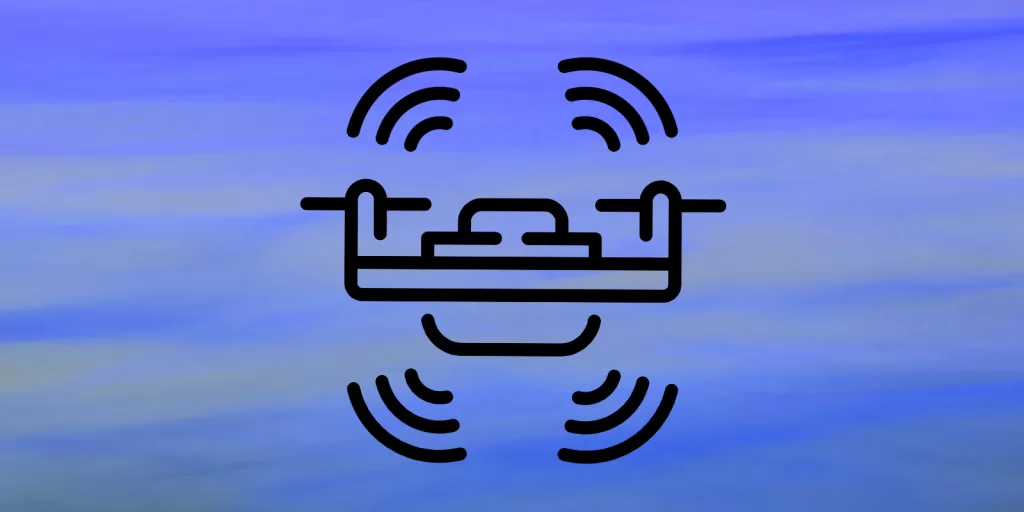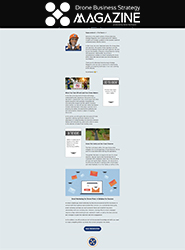
As the drone industry soars to new heights, the need for enhanced airspace safety and accountability becomes paramount. Enter Remote Identification (Remote ID), a transformative technology mandated by the FAA that ensures every drone in the sky can be easily identified and tracked. Whether you are a hobbyist, a commercial operator, or a manufacturer, understanding Remote ID is crucial for compliance and safe operations. This comprehensive guide will equip you with the knowledge and insights needed to navigate the complexities of Remote ID and ensure your drone activities are both legal and secure.
Introduction to Remote ID
Remote Identification (Remote ID) is a critical component of drone operations, enhancing the safety and security of airspace by providing crucial information about unmanned aerial systems (UAS). As the drone industry continues to expand, understanding Remote ID requirements and their implications is essential for hobbyists and commercial drone pilots alike.
What is Remote ID?
Remote ID is a system that allows a drone in flight to provide identification and location information that can be received by other parties. This system is akin to a digital license plate for drones, ensuring accountability and aiding in the prevention of unauthorized or unsafe drone operations.
Key Requirements for Remote ID
Standard Remote ID Drones
Drones that are required to be equipped with built-in Remote ID broadcast capabilities must meet the following criteria:
- Broadcast Identification and Location: The drone must broadcast its unique identifier, position, altitude, velocity, and control station location in real-time.
- Design and Production Compliance: Manufacturers must produce drones in compliance with FAA standards for Remote ID.
Remote ID Broadcast Modules
For drones without built-in Remote ID capabilities, operators can use Remote ID broadcast modules. These modules must:
- Broadcast Identification and Location: Similar to standard Remote ID drones, the module must broadcast the drone’s unique identifier, position, altitude, and velocity.
- Compatibility and Compliance: Ensure that the broadcast module is compliant with FAA regulations and is securely attached to the drone.
Exemptions and Special Cases
Certain operations may be exempt from standard Remote ID requirements, including:
- FAA-Recognized Identification Areas (FRIAs): Drones can operate without Remote ID within designated FRIAs.
- Specific FAA Authorizations: Operators with specific FAA authorizations may be exempt from Remote ID requirements under certain conditions.
Implementation Timeline
The FAA has established a phased implementation timeline to ensure smooth adoption of Remote ID standards:
- Manufacturers: Must comply with production requirements for standard Remote ID drones and broadcast modules by a specified date.
- Operators: Must start using Remote ID-equipped drones or broadcast modules by the implementation deadline to comply with FAA regulations.
Importance of Remote ID
Remote ID plays a crucial role in maintaining the safety and security of the national airspace by:
- Enhancing Situational Awareness: Providing real-time information to other airspace users and authorities.
- Facilitating Accountability: Ensuring that drone operators are identifiable and responsible for their actions.
- Supporting Law Enforcement: Aiding law enforcement agencies in identifying and responding to unauthorized drone operations.
Remote ID and Privacy Concerns
While Remote ID enhances airspace security, it also raises privacy concerns. The FAA has implemented measures to balance transparency and privacy by:
- Limiting Public Access: Only authorized parties have access to certain identification information.
- Data Protection: Ensuring that data broadcast by drones is protected against unauthorized access and misuse.
Conclusion: The Takeaway
Adhering to Remote ID requirements is crucial for all drone operators to ensure the safety, security, and efficiency of the national airspace. Understanding the specifics of these requirements and the timeline for implementation will help operators stay compliant and contribute to a safer flying environment.
By following these guidelines and remaining informed about the latest FAA regulations, drone operators can enjoy their flights while maintaining the highest standards of safety and accountability.
If you have any questions, let us know! If you’d like to hire us, you can get more information here.
Written by: Tony Marino, MBA – FAA Certified Part 107 Commercial Drone Pilot and Chief Business Strategist at Aerial Northwest
Disclaimer: The information provided in this blog post is for general informational purposes only and should not be construed as legal advice.
Resources
- FAA Resources: FAA DroneZone
- FAA Resources: Remote Identification of Drones
- Article: Drone Pilot Aerial Photography Business Plan Blueprint 2024
- Article: Top 5 Drone Pilot Marketing Channels for 2024

DRONE BUSINESS STRATEGY MAGAZINE
A free digital publication made exclusively for all small business drone pilots to them help start-up, become profitable while sustaining a competitive advantage within the drone service industry sector they opt to serve.
“If you love to fly, we’d love to have you come aboard!”
We share your information with no one. Our Privacy Policy.









Leave a Reply
Your email is always safe with us.